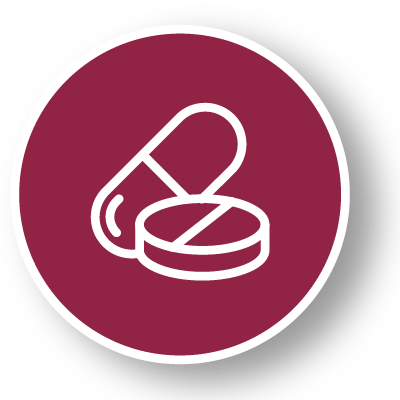
CURRENT SITUATION
The five Andean states – Bolivia, Colombia, Ecuador, Peru and Venezuela – are generally investing more in health than other parts of Latin America. But relatively high rates of both communicable diseases and non-communicable conditions like heart disease and certain cancers are taxing an already strained healthcare workforce. Life expectancy trails the wider region.
Andean countries are missing out on opportunities to improve health outcomes and lower overall healthcare costs by making the latest treatments and cures more available to patients. They devote almost no pharmaceutical spending to new medicines, and regulatory delays, unnecessary border taxes and other bottlenecks make it harder for patients to get breakthrough drugs.
Powerful partnerships like Collaborating for Health in Colombia and Bolivia and PATH in Peru are demonstrating how Andean governments, private industry and foundations can improve health outcomes and expand access to innovative medicines when they work together.







